Consumers are drowning in content.
According to ACI, every minute of the day:
Facebook users share nearly 2.5 million pieces of content.
Twitter users tweet nearly 300,000 times.
YouTube users upload 72 hours of new video content.
Blog writers post 1,400 new blog posts.
So as you can see, it has become incredibly difficult for content to gain visibility. Even if it’s robust, A+ quality content, it is often like screaming into a vacuum where nowhere hears you.
The initial response for many marketers is to simply create more content. But we are finding that this isn’t necessarily the solution - this just leads to even more saturation.
What is important is that you create the right content for the right demographic at the right time. That is where contextual content comes in.
A New Approach
The crux of contextual content is to deliver content based on the specific needs of consumers at the precise moment they need it.
Here is a great example:
In January 2015, Winter Storm Juno hit, which resulted in a snow day (or several snow days depending on where you lived). Nickelodeon capitalized on it by sending out a “snow day activity pack” email geared toward preschool parents.
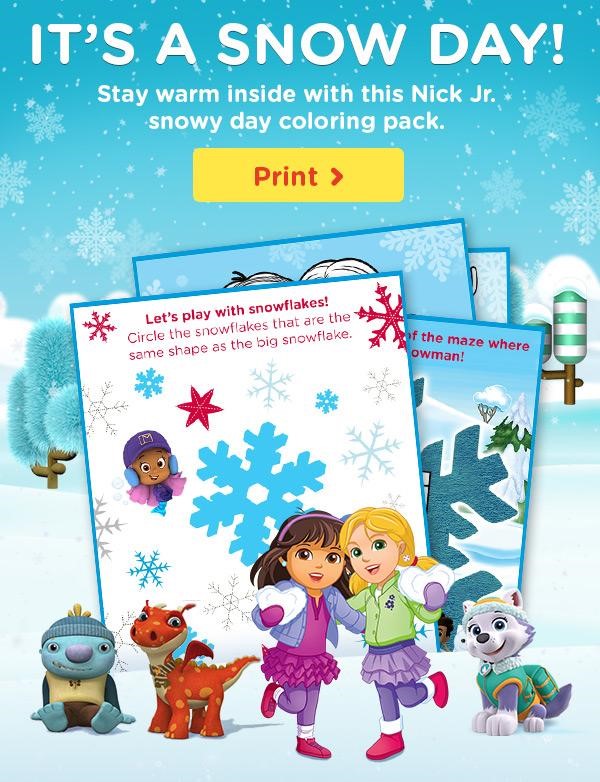
They even customized the messaging based on geographical location. It resulted in a massive 75 percent increase in clicks and nearly four times the click-through-rate.
This just goes to show how engagement levels can soar with contextual content. Although there is an inherently limited shelf life to this type of message, it can still have a profound impact.
Hyper-Segmentation
Customization and relevancy are the two main words that should come to mind when delivering contextual content. Therefore, it is essential to fully break down your audience into smaller segments and tailor your content accordingly.
That is the first order of business.
Here is a simple example of what you might do when sending out an email blast...
Let’s say that you are a company that sells outdoor gear and you wanted to promote your jackets. The product you would want to feature for a prospect living in Miami would be very different than the one you would want to feature for a prospect living in Fairbanks, Alaska.
The weekend weather in Miami looks warm and rainy.
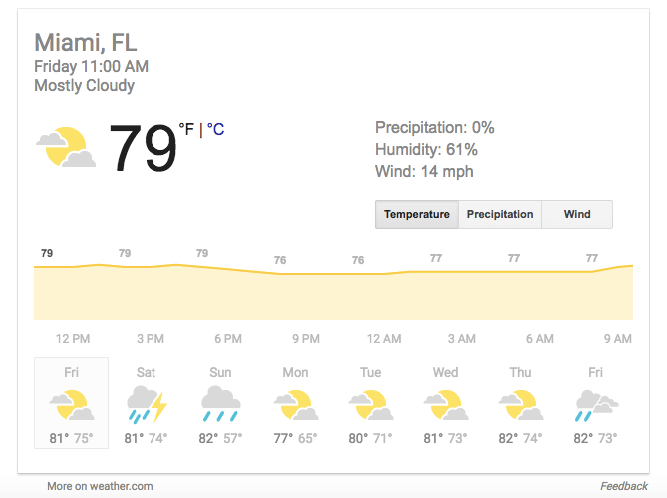
However, the weekend weather in Fairbanks looks quite frigid and even calls for snow.
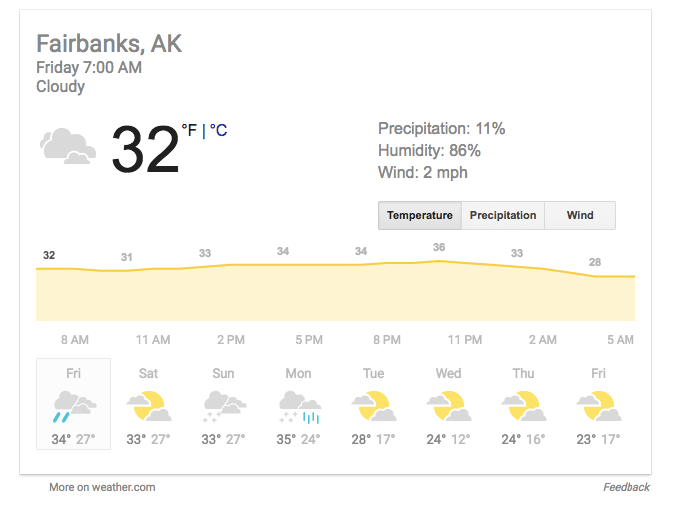
To ensure that you are sending the right email content to the right prospects, you would need to segment your email list accordingly. For instance, email platforms like Mailchimp provide you with information on geolocation so that you can adjust your content as needed.
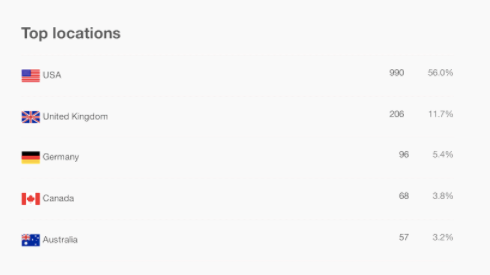
You would want to tap into that data to break your email list down into different segments based on location so you could use weather-targeting for delivering the optimal contextual content.
Matching the Right Content with the Right Prospects
Now that you have created a segmented list based on location, you will want to ensure that you are promoting the right products. When it comes to the prospect in Miami, you might want to feature a light rain jacket like this.
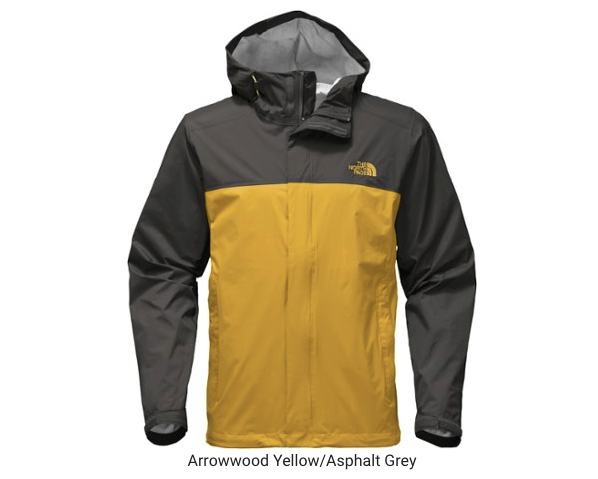
But for the prospect in Fairbanks, you might want to feature a heavy jacket that’s designed for freezing temperatures like this.
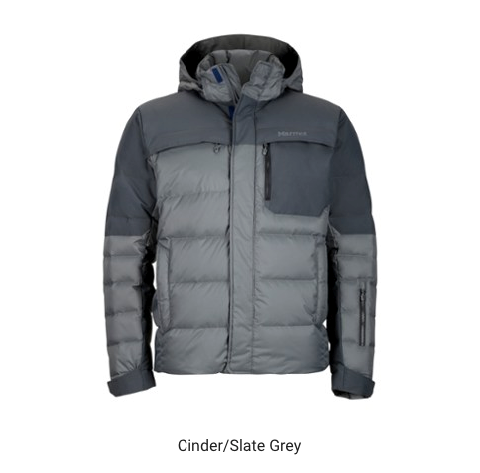
Of course, there are other factors that could dictate the specific content you would want to feature. The two jackets listed here are men’s jacket, so you might need to adjust your offering to feature women’s jackets or children’s jackets for subscribers who are parents.
The bottom line is that you want to tap into your existing data to learn as much about your prospects as possible. From there, it is a matter of creating multiple variations of content (in this case, an email blast) to account for the various segments of your subscribers.
It is the antithesis of a one-size-fits-all approach. The more personalized and relevant the message is, the more engagement it’s likely to receive, and the higher your conversion rate should be.
Tools for Email Segmentation
This leads us to an obvious question. How do you actually do email segmentation? I recommend two main tools.
First, there is the “ Advanced Segmentation” feature on MailChimp.
You can use a variety of existing data such as purchase history, email/website activity, demographics, etc. to create complex customer segments. Whether you want to break your subscriber base down into just a few different segments or numerous segments, you can do it with ease.
Next, there is SocketLabs.
This is a straightforward, no-frills kind of segmentation tool that allows you to “slice and dice” your email list for granular targeting.
You simply add conditions to create as many segments as you need.

Then you can send targeted emails that are personalized for each specific segment.
If you have an extensive subscriber list and want to run advanced campaigns, MailChimp is your best bet. But if you have a small list and only plan on slicing your list into a few segments, SocketLabs should suffice.
The Possibilities Are Endless
The example mentioned here is just the tip of the iceberg, and there is really no limit to the ways in which you can create contextual content. Here are some other techniques:
Persona-Based Content
This involves creating different content sections on your site based on your brand’s various personas. Here is an example from 3Rivers Federal Credit Union:
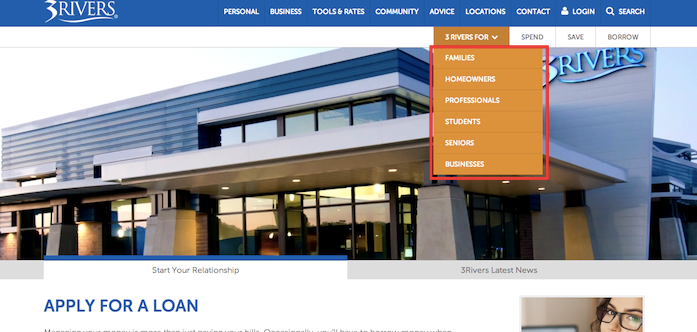
Notice how there is content for families, homeowners, professionals, students, etc. In turn, everyone can conveniently find the content that applies to them without a lot of fuss.
If your website caters to several different (three or more) demographics, it’s smart to at least experiment with persona-based content.
The easiest way to go about this is to create a drop-down menu like the one featured above. Then you will want to separate your content accordingly based on the individual personas.
This resource from Smashing Magazine can help you with the design aspect of a drop-down menu.
Or if you are a WordPress user, you can simply install a widget like this one. If you lack coding skills, this is a great way to go.
Dynamic CTAs
This is where the CTA that appears is based on the particular stage in the sales funnel that a lead is in. For instance, a first-time visitor might get a CTA to download a free eBook or whitepaper, and a highly qualified lead may get a CTA to receive a product demo.
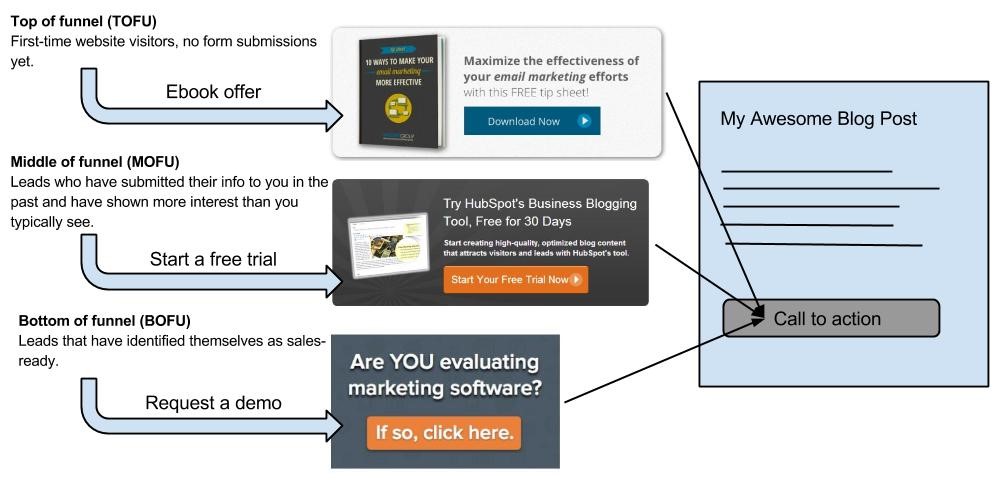
Check out this guide from HubSpot to learn how to map lead nurturing content to the various stages of the sales cycle.
A Brief Questionnaire
Here is where website visitors are given a questionnaire, and their answers dictate the specific content they are shown.
Yummly is a site that pulls this off seamlessly. It is a food site that provides personalized recipe recommendations based on personal tastes, nutritional needs, skill level, and so on.
Here is what you get when searching for deli meat sandwich recipes:

If you choose to implement a questionnaire like this, you will need to ask the right questions. This, of course, will depend on the type of products you sell and the content you create. The key is to choose questions that will quickly get visitors to the content that’s most relevant to them.
Let’s use an outdoor gear company as an example. You might ask the following once someone lands on your site:
Which outdoor activity are you most interested in?
Hiking
Camping
Backpacking
Rock climbing
Kayaking
The answer they choose would direct them to relevant products/content on your site.
Just try to put yourself in the shoes of your customers and base your question(s) on pinpointing their specific needs and interests.
Getting Content Where it Needs to Go
Attention has become a scarce commodity these days, and it is not your fault. Brands know how potent content marketing is, and seemingly everyone is doing it.
With the average consumer being buried beneath an avalanche of content each and every day, the best way to get through is by providing content that’s customized and relevant. In other words, it needs to fit in the right context.
Contextual marketing is a breakthrough for the simple fact that it gets the right content in front of the right person at the perfect time. This ultimately scratches the consumer’s itch and encourages deeper engagement.
It is a win-win because consumers get the content they need, and you get higher conversions.
What are the biggest obstacles that are preventing your audience from fully engaging with your content? Please share your thoughts below.
Innovative SEO services
SEO is a patience game; no secret there. We`ll work with you to develop a Search strategy focused on producing increased traffic rankings in as early as 3-months.
A proven Allinclusive. SEO services for measuring, executing, and optimizing for Search Engine success. We say what we do and do what we say.
Our company as Semrush Agency Partner has designed a search engine optimization service that is both ethical and result-driven. We use the latest tools, strategies, and trends to help you move up in the search engines for the right keywords to get noticed by the right audience.
Today, you can schedule a Discovery call with us about your company needs.
Source:




![How To Create a Strategic Dashboard in Excel Using Semrush Data [Excel Template Included]](https://allinclusive.agency/uploads/images/how-to-create-a-strategic-dashboard-in-excel-using-semrush-data-excel-template-included.svg)
